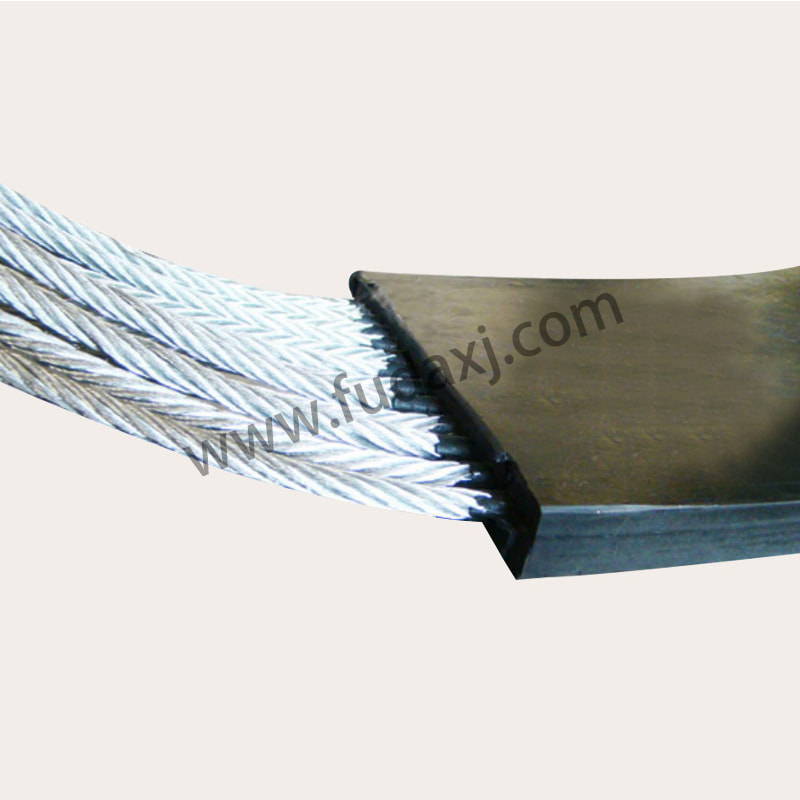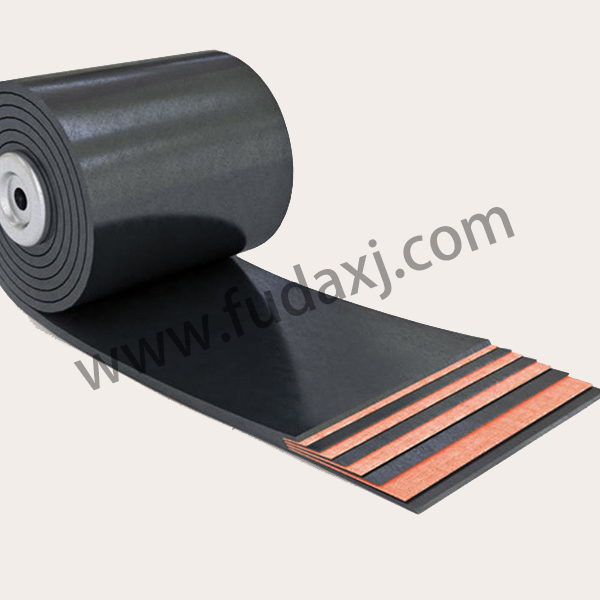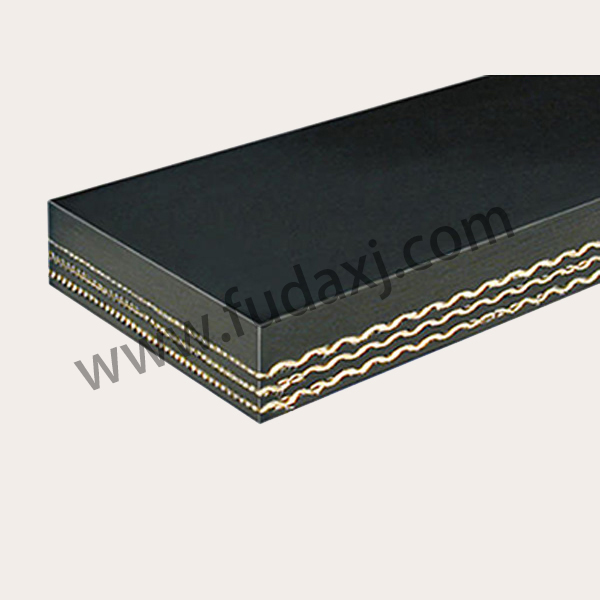
Industrial operations requiring bad heat resistance continue to adopt advanced high temperature conveyor belt solutions that maintain performance under thermal stress. These specialized belts have become essential components in industries ranging from metal processing to food manufacturing, where conventional materials would fail. The evolution of high temperature conveyor belt technology demonstrates how material science innovations address challenging operating conditions in modern manufacturing environments.
Modern high temperature conveyor belt designs incorporate heat-resistant compounds that withstand continuous exposure to temperatures exceeding 500°F in many applications. Current formulations utilize silicone, PTFE, or fiberglass-reinforced materials that resist degradation while maintaining flexibility. These advanced high temperature conveyor belt products demonstrate significantly longer service life compared to traditional rubber belts in furnace, drying, and heat-treating applications. Their ability to maintain structural integrity under thermal cycling prevents costly production downtime for belt replacements.
The metal processing industry relies heavily on high temperature conveyor belt systems for handling hot castings, forgings, and extruded products. Foundry-grade belts feature specialized weaves and coatings that prevent metal adhesion while withstanding radiant heat from freshly formed components. Many metalworking facilities report improved production efficiency since switching to modern high temperature conveyor belt solutions that eliminate cooling periods previously required between processes.
Food manufacturing operations utilize food-safe high temperature conveyor belt materials for baking, frying, and sterilization processes. USDA-approved belts maintain hygienic surfaces while transporting products through ovens, fryers, and retorts. Contemporary food-grade high temperature conveyor belt designs incorporate non-stick surfaces that prevent product buildup and simplify cleaning between production runs. These characteristics help food processors meet stringent sanitation standards while operating at ideal temperatures.
Glass manufacturing plants employ specialized high temperature conveyor belt systems to handle newly formed containers and flat glass at annealing lehr temperatures. The belts' ability to maintain precise tracking under thermal expansion ensures proper cooling rates for glass products. Many glass industry high temperature conveyor belt installations now feature edge-reinforcement technologies that prevent warping or curling at operating temperatures.
The ceramics industry has adopted customized high temperature conveyor belt solutions for kiln operations and drying processes. Belt materials resistant to both bad heat and abrasive ceramic powders enable continuous operation in harsh environments. Modern ceramic-grade high temperature conveyor belt products demonstrate exceptional dimensional stability, preventing product misalignment during critical firing stages.
Waste-to-energy facilities utilize heavy-duty high temperature conveyor belt systems to handle hot ash and processed refuse. These belts combine thermal resistance with exceptional tensile strength to manage abrasive materials at elevated temperatures. Many waste processing high temperature conveyor belt installations now incorporate spark-resistant designs that enhance safety in potentially explosive atmospheres.
Automotive manufacturing plants implement high temperature conveyor belt solutions for paint curing lines and parts drying operations. The belts' ability to maintain precise positioning of components through high-heat tunnels ensures consistent finish quality. Automotive-grade high temperature conveyor belt products often include low-offgassing formulations that prevent contamination of sensitive painted surfaces.
As industrial processes demand higher efficiency and stricter environmental controls, high temperature conveyor belt technology continues evolving to meet these challenges. From energy-saving low-friction designs to eco-friendly material compositions, these specialized belts support sustainable manufacturing practices. Their ability to withstand bad conditions while maintaining reliable operation makes high temperature conveyor belt systems indispensable components in numerous heat-intensive industries worldwide.
 English
English 简体中文
简体中文 Español
Español عرب
عرب
 English
English




 Fax: 0086-576-83019528
Fax: 0086-576-83019528